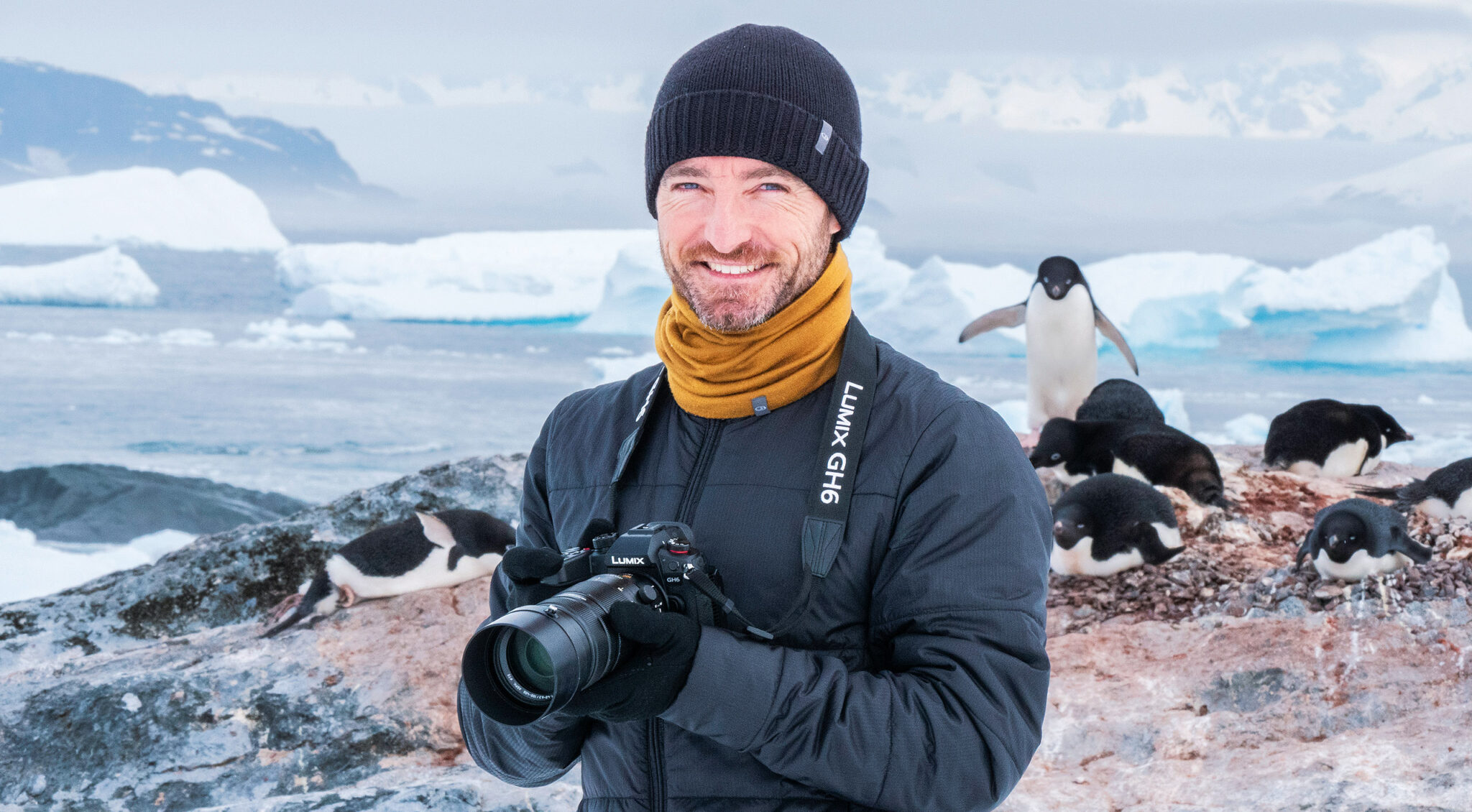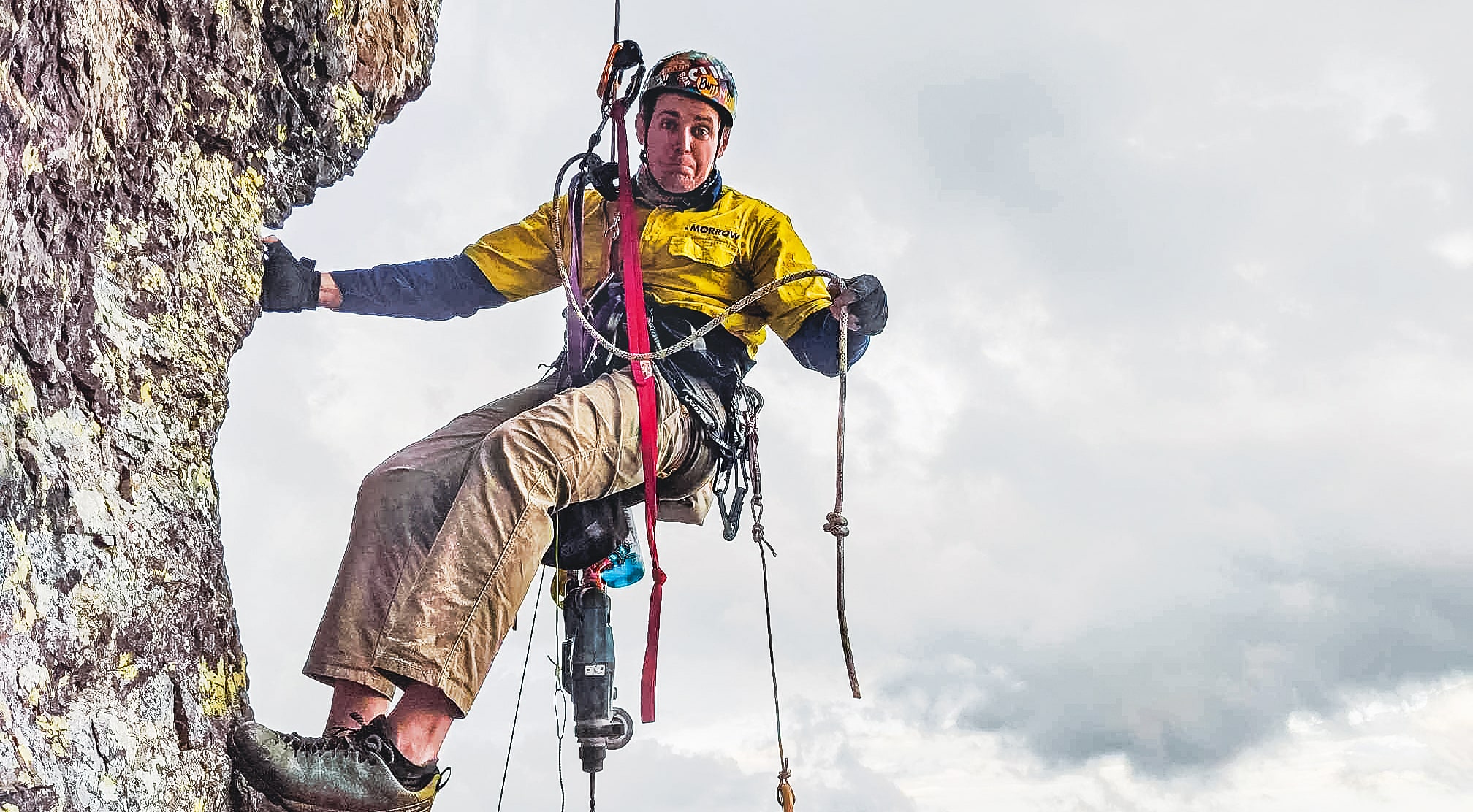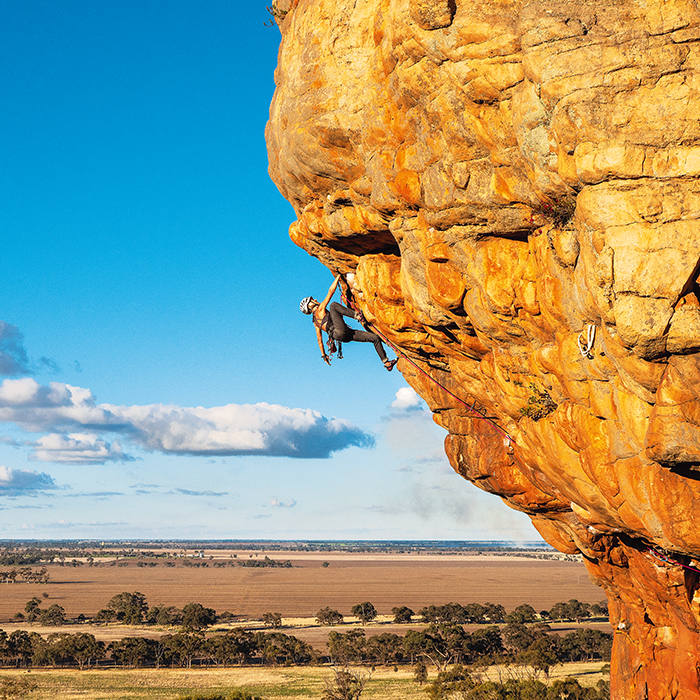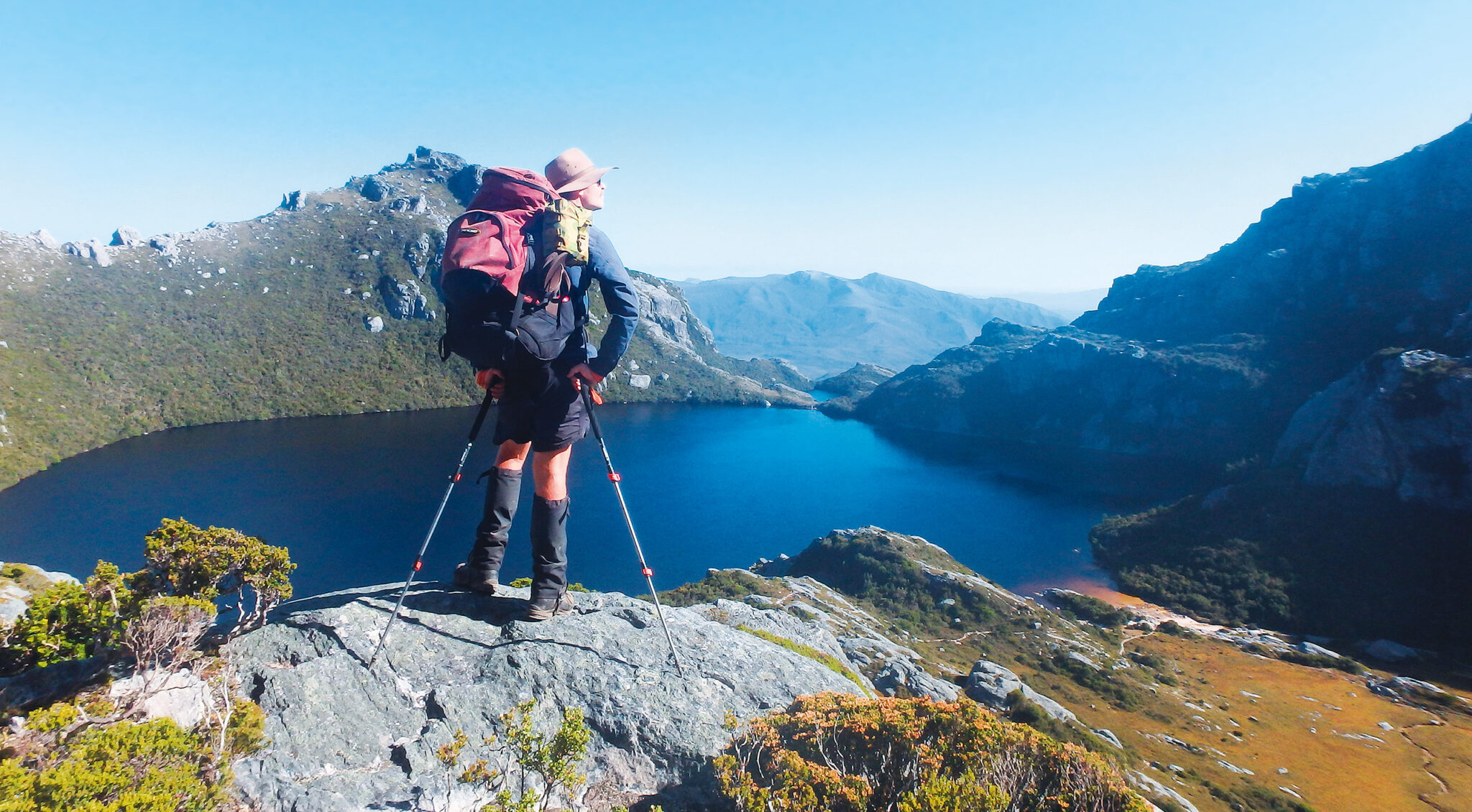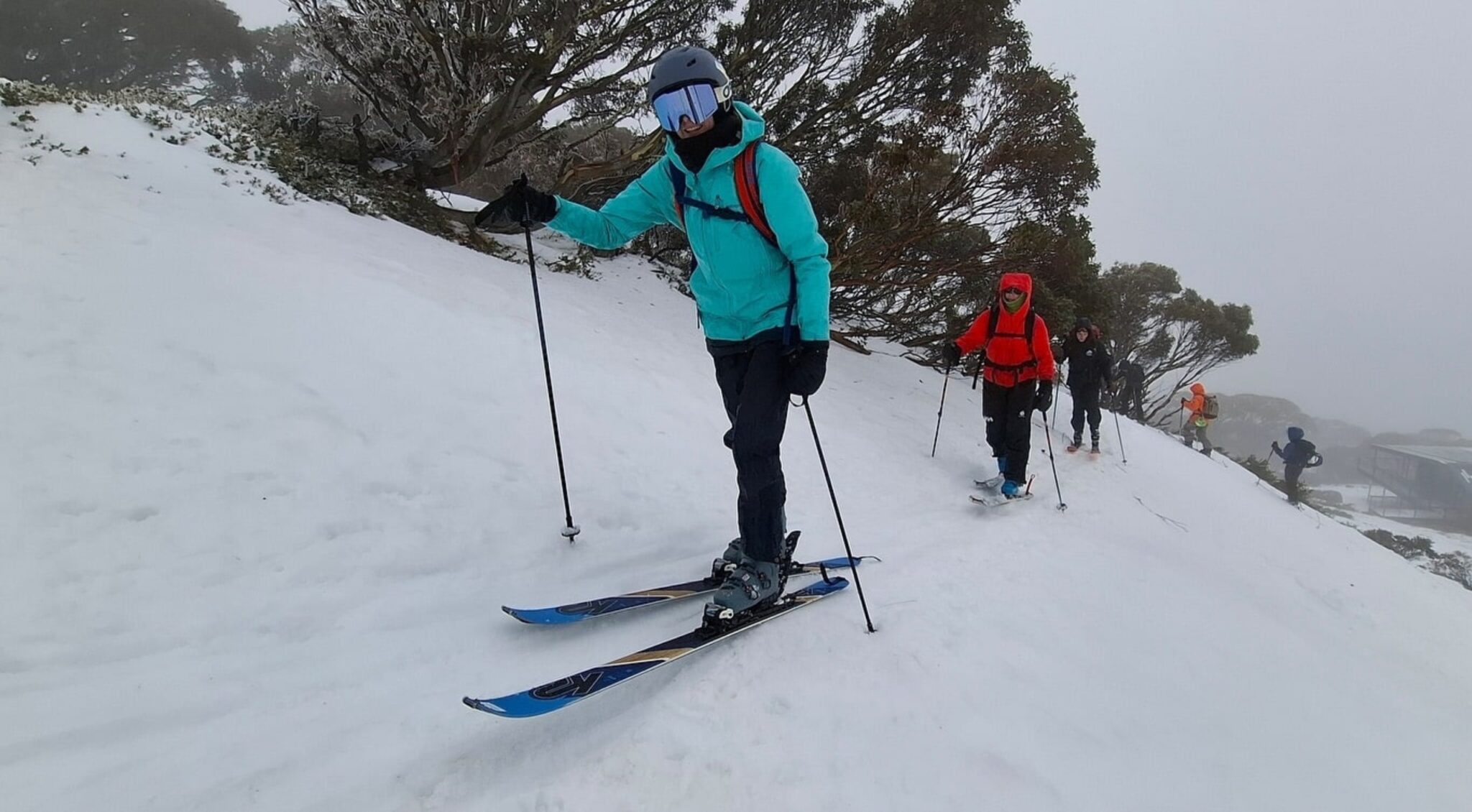Getting Into Multiday Paddling
Perhaps just one thing beats a great day of paddling—multiple days of paddling! Wild Earth Ambassador Ben Southall shares some tips to set you on the right track for your first multiday paddling adventure.
Header photo caption: Crossing NZ’s Lake Manapouri.
(This piece originally featured in Wild #195, Autumn 2025)
Self-propelled physical adventures have always been my jam. And one of my favourite modes of adventure has been to take to the water in canoes and kayaks—vessels small enough to explore shallow backwaters, but big enough to carry gear for multiday expeditions. In this piece, I’ll refer to my most used marine machine—a two-person kayak, but whether you’re taking a canoe, kayak, packraft or self-built raft, the theory is the same: pack clever, pack light, and pack watertight.
Timely, organised preparation for a few days away on the water can be the difference between a seriously good adventure and a seriously soggy uncomfortable one, so packing the right gear, in the right bags, in the right way will guarantee you’re as happy when you land as you were when you set off.

ROUTE PLANNING AND WEATHER MAPPING
Water travel can go horribly wrong if the weather decides to throw you a curveball. Headwinds, heavy rain or flood surges are downright dangerous, so keeping your eye on the local and national weather forecasts in the days leading up to your time on the water is vitally important.
Things can change in a matter of hours. You may be basking in warm evening sunshine, while 100km upstream, a dark storm cloud is unloading its guts into the very same river you’re camping alongside, so make sure you choose a campsite that’s far enough away from the water’s edge so you don’t get woken up by increasingly wet feet.
To get an idea of what to expect, it’s easy to check Australian rain data and river heights via the Bureau of Meteorology’s website. Its data is organized by states; if you were heading down, say, the Clarence River, you’d go to bom.gov.au then navigate to NSW, go to ‘Observations’, look for the ‘Rainfall and River Condtions’ link, which will take you to a map and links to direct you to the right spot. New Zealand similarly has online river data as well.
Unless you’re doing a first descent, someone else is likely to have paddled where you’re heading. Do some online research first. Some rivers have excellent information. Using NSW’s Clarence River again as an example, Clarence Valley Council’s tourism department has put out an excellent guide and website that comprehensively covers 195km of the river and it includes everything from campsites to maps to river grades to gear lists.
NAVIGATION
“Follow it downstream” seems like the easiest option, right? But knowing where you are on an unfamiliar river can be hard. Every bend can seem the same. Chancing upon a decent-sized rapid isn’t something you need to be surprised by. There are less Darwinesque ways to die.
Even if you like embarking on trips with minimal research and preparation (after all, it’s where real adventure starts!), it makes sense to have a plasticised or waterproof map and list of places that need special attention—waterfalls, submerged trees, portage points, campsites and access to drinking water.
Add a decent waterproof compass and an additional battery pack to recharge your phone, and you’re ready to dip a paddle and get started.
GEAR AND CLOTHING CHOICES
This is potentially an enormous section, but let’s focus on the must-haves when it comes to river travel. That said, one thing to remember is to assume the worst when it comes to gear. Allow for unexpected weather, and for occasional gear failures or losses. Here are your essentials:
- A decent PFD or lifejacket. Of course it could save your life, but it’s also great for stuffing things into or onto—your phone, camera, GPS and maps (all in a waterproof case, of course). The things you need ‘right now’.
- Dry bags. I love these things. Colour-coded for packing, and stuffable into tight corners, they double up as a pillow to save taking one more non-essential item. Remember three turns minimum to keep them watertight.
- Large clear plastic bags are my go-to for wrapping all my gear that won’t fit in a dry bag. But what about sustainability? I hear you cry. They’re good for several trips if you rubber band the ends rather than tie them. I’ve also used screw-top barrels in canoes on the Whanganui River in NZ—they’re just a little too big for kayak travel, however.
- The type of shelter you use depends on the time of year. Take a tarp as a bare minimum, but consider a lightweight tent with fly and groundsheet to keep the storms and bugs at bay,
- Pack a lightweight rain jacket to keep the rain off you. It’ll keep you warm once you stop paddling, and the bugs away once the sun disappears. During the day I paddle in a long-sleeve rashie with a hood, or a long-sleeve shirt or similar. You want something that’s quick to wash, quick to dry, and that stops sunburn.
- However macho you and your hands are, paddling in a decent set of gloves will stop blisters and hotspots occurring. Remeber, salt water speeds up the process of splitting skin, something to be avoided at all costs.
- Water shoes are another must-have. Why swagger like a drunk teenager when you enter and exit your kayak with bare feet slipping everywhere? My Keen sandals have lasted years; I’ve walked hundreds of kms in them (seriously, I have) and they’re the only shoes I pack for a kayak adventure.
- Prepare to capsize. If you’re only just getting into paddling, it’s almost a given. Take a mopping-out sponge and a manual-bilge pump to drain any water that enters the cockpit and hatch areas. The drier you keep your gear, the better.
GOOD FOOD AND GOOD WATER
Whatever calories you expend during a day on the water, you need to put them back into your body, and then add some. Nutrition for a multiday paddle is vital to get right, and of course, it needs to taste good. Freeze-dried rules, and it lasts for months.
Test them before you go—there are some brands I would definitely NOT recommend! (Personally, I like Strive from Tasmania.) Scroggin, trail mix, fruit and nut—call it what you like—it’s the simplest, most nutritious snacking method I’ve found for on the water. Decant it into smaller Ziploc bags before you go.
River water can’t be relied upon for hydration. It takes a lot of fuel or patience to purify water, so I take it with me, allowing for 5L per day, per person. Sea to Summit water bladders are epic not only to hold water, but also to act as ballast in the bottom of your boat. If you need to purify your water, make sure you know the drill before leaving. I’ve used water-treatment drops for years, and I’m still here, so they must work.
You probably have your preferred cooking stove already, but think carefully about how much fuel you’ll need to get you through the entire adventure. Keep your stove super watertight when it’s packed away—on a cold, wet day, it’ll be your lifeline to getting heat and fuel back in your body.
Lastly, save some tasty rewards for the end of the day—chocolate, jelly snakes, and biltong are my personal favourites to share around the campfire.
DISCONNECT BUT STAY CONNECTED?
Wilderness missions are all about getting away from the world and normality, but if you have an emergency and need to get in touch with the outside world, how are you going to do it with no mobile-phone signal? Firstly, there are PLBs or EPIRBs to consider. The latter are specifically designed for water-based activities, but they are considerably larger and heavier than PLBs, which like EPIRBs are still required to be able to float.
The latest iPhones have an emergency satellite-messenger service built into them, but I prefer to take a Garmin InReach Mini with me for latest weather forecasts and for checking in with the family to let them know I’m alive. Speaking of family, it’s good to give them (or friends, housemates, etc) your planned itinerary before you leave; if things go wrong, they’ll know when and where to send out the search party.
CELEBRATE THE SOLITUDE
At the end of a long day on the water, nothing’s more rewarding than conversations around the campfire with good people. Take a decent camp chair, some nibbles to share around, watch the sun set and the stars rise, and stare into the flames as you reflect on the day’s adventure and prepare for the next.

If you liked this piece, you should subscribe to the print mag. Only a fraction of the great stories we run in the mag make it to our website; if you want to read them, head to subscribe.wild.com.au.


